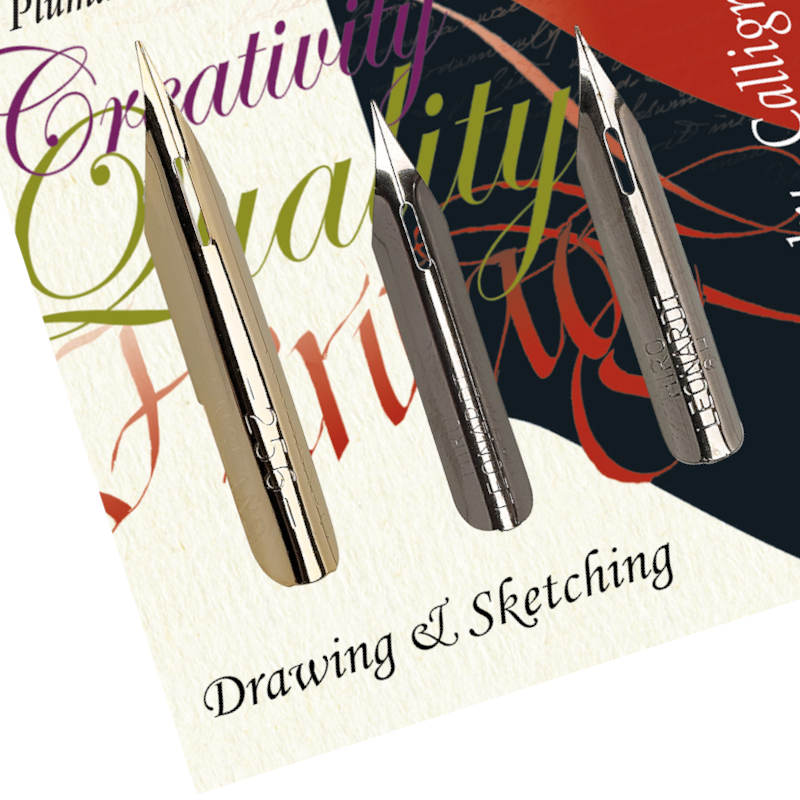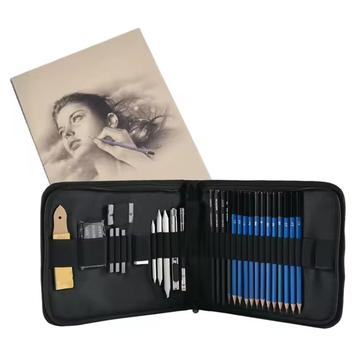
Brand
- M&S Collection 122.897
- Rhodes + Scholes 96.629
- Sandvik Coromant 43.988
- ELESA 39.987
- Portwest 37.554
- Adrial 34.397
- Mascot 31.688
- Slingsby 28.068
- VELUX 25.265
- Routledge 23.753
- Blaklader 21.957
- EUROKRAFTpro 19.116
- MTP Products 19.099
- Gemini Interiors 18.534
- Gildan 17.878
- Nobody's Child 17.855
- Maroxe 17.014
- Russell 16.438
- Sealey 15.988
- Fruit Of The Loom 15.861
- TopVue 15.603
- Johnson & Johnson 14.783
- Kustom Kit 14.357
- Moon Magic 13.761
- Autograph 13.546
- BOSS 13.317
- Ergomat 12.720
- Result 12.650
- Nike 12.564
- Regatta Professional 12.468
- White Stuff 12.372
- Festo 12.100
- ECCO 11.484
- TE Connectivity 11.069
- Lyle & Scott 11.055
- Air Jordan 10.907
- Life Essentials 10.723
- Dams 10.534
- Alcon 9.875
- Stanley 9.705
- Kennedy 9.658
- Premier 9.127
- KENZO KIDS 8.817
- Impulse 8.708
- Beeswift 8.698
- TIMCO 8.525
- SOL'S 8.485
- ORN 8.260
- Sid & Sam 8.170
- 3M 8.123
- Carpe Diem Beds 8.046
- SMC 7.974
- Pour Moi 7.957
- Style and Chic 7.877
- Merkel Designers 7.678
- Unbeatable Bargains 7.552
- Monsoon 7.546
- Vale 7.513
- Tyrell & Tyrell 7.475
- The Home Maker 7.233
- Molex 7.232
- Wonders 7.159
- Zoro Select 7.134
- B&C 7.091
- FatFace 7.077
- Direct Imports 7.028
- Seasalt Cornwall 7.021
- All Things Good 7.006
- Discount Dealers 6.956
- Kennametal 6.948
- Millennium Furniture 6.926
- adidas 6.921
- Casper Homes 6.916
- R and M Furniture 6.916
- SHINEANDGLORY 6.643
- Merlin Deals 6.622
- Prestigious Textiles 6.613
- Regatta 6.577
- FT Pro 6.501
- Decor Base 6.459
- RS PRO 6.439
- Brittle & Co 6.313
- Guhring 6.267
- Samtec 6.224
- CooperVision 6.206
- Design Hut 6.206
- Native Spirit 6.062
- Dunlop 6.000
- Dormer 5.973
- Body by M&S 5.900
- Qualfast 5.880
- Liverpool FC 5.811
- B&C Collection 5.742
- Watco 5.660
- CRC Press 5.655
- Medway 5.608
- Ace & K 5.593
- SOSANDAR 5.576
- Outsunny 5.536
- Bausch & Lomb 5.486
Colour
- Black 186.132
- black 90.588
- White 76.014
- Blue 57.832
- white 38.888
- Grey 36.477
- Navy 33.109
- Brown 30.200
- Green 29.354
- Pink 29.249
Size
- XL 62.943
- 2XL 42.532
- S 39.090
- M 38.576
- L 37.149
- Medium 35.725
- Large 35.485
- Small 34.635
- 3XL 30.085
- XS 29.363
Gender
Merchant
- Zoro UK 1.124.959
- Marks & Spencer UK 349.373
- Home Done 181.775
- Alensa.co.uk 113.571
- Zoro UK Limited 110.977
- RS Components UK 108.229
- Glisshop uk 68.275
- Workwear Supermarket 67.411
- LuisaViaRoma.com 63.673
- Kids around 58.630
- Maroxe 45.744
- AndLight.co.uk 38.983
- Kick Game 36.516
- MyTrendyPhone.co.uk 33.332
- Orthopeca UK 33.239
- Routledge 32.792
- Your Stylish Home 29.027
- VELUX UK 25.265
- K4G.COM 21.218
- QD Stores 18.808
- Golf Gear Direct 17.943
- Click Golf 17.629
- Suit Direct 17.345
- Belveto 16.061
- Luisaviaroma Css 15.936
- Nobody's Child - Cabiro 15.341
- Moon Magic 13.761
- Acorn Fire & Security 13.606
- Plusshop UK [OLD] 13.137
- Lime Lace 12.167
- gb.ecco.com 12.164
- Lyle & Scott 10.799
- Seal Medical 10.755
- Craigmore UK 10.343
- Argento 9.933
- Selfmade.com 9.866
- My-Deco-Shop 9.391
- Slam City Skates 8.285
- carpediembeds.co.uk 8.046
- Wrong Weather 7.978
- Building Plastics Online 7.882
- Cowling & Wilcox 7.596
- Grace & Co Jewellery 7.231
- Wonders - Official Site 7.159
- Perfect Little Thing 7.146
- Car Smart 7.068
- Ann's Cottage 6.941
- Cherry Lane 6.888
- shineandglory.com 6.643
- uk.plusshop.com 6.551
Price (EUR)
- <5 248.828
- 5 - 10 163.361
- 10 - 20 301.130
- 20 - 50 702.758
- 50 - 100 542.981
- 100 - 200 407.289
- 200 - 500 355.027
- >500 396.978
























